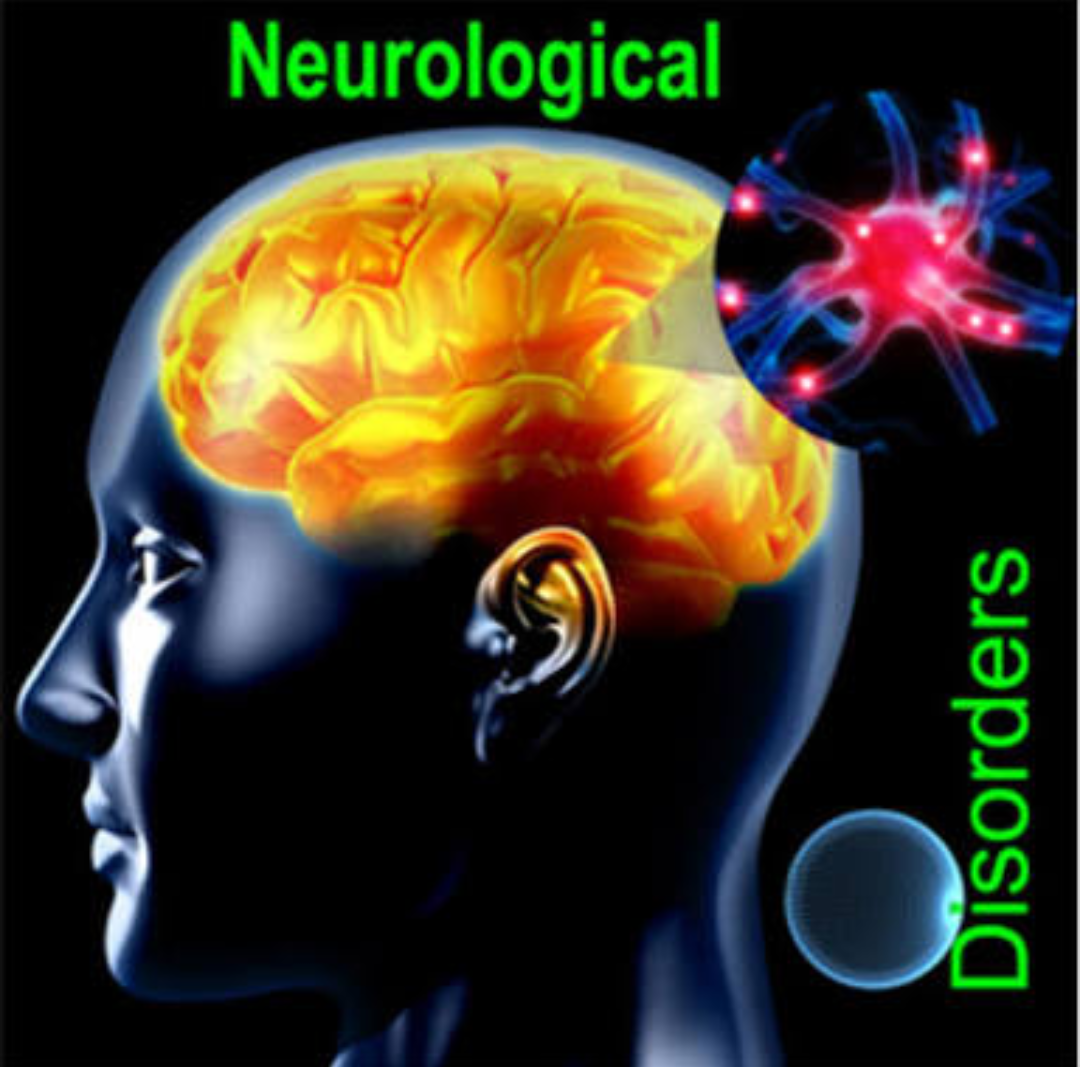SCIENTISTS HAVE FOUND A WAY TO PREVENT MIGRAINE HEADACHE

Migraine is a neurological disorder!

PHASE 1: The Prodome, where a trigger inside or outside your body causes an abnormal firing of neurons in the brain. It can begin hours or days before the actual migraine starts.
PHASE 2: The Aura phase, whic includes temporary visual or sensory disturbance that usually strike before other migraine symptoms. Abnormal neuronal firing leads to a wave of electrical hyperactivity that moves across part of the brain the processes signals from your senses. Once the electrical waves stop, the Aura goes away. Not everyone experiences an Aura when having a migraine. Only 20-25% of migraine sufferers experience Aura.
PHASE 3: The Attack phase, also known as the Headache phase. This is when the actual headache strikes and can last for hours up to several days. The abnormal firing of neurons activates the trigeminal nerve which surrounds the blood vessels in your head. This nerve is reponsible for motor functions and sensation in the face. The Attack phase leads to the release of inflammatory substances that cause your blood vessels to swell leading to an increase in blood flow around the brain. This is the cause of throbbing, pulsing pain most people experience during migraine. Pain receptors are then activated to send pain signals to different parts of the brain. If untreated, migraine can last up to 72 hours before the nervous system reponse finally quiets.
PHASE 4: The Postdrome or Revovery phase, where non headache symptoms like fatigue, weakness and impaired concentration can continue for 1-2 days until your brain returns to its normal pre-activation state.
Although there are some medications to prevent migraines, these medications were develop for other conditions — such as cardiovascular disease, depression and seizures — and they usually need to be taken daily.
In the new studies, the researchers tested medications that were specifically developed to target molecules that are thought to be involved in migraines. The drugs act against a small protein called calcitonin gene-related peptide (CGRP), which is produced in nerve cells.
Both fremanezumab and erenumab are CGRP-blocking drugs — fremanezumab blocks the molecule itself, while erenumab blocks its receptor.
The study of fremanezumab was funded by Teva Pharmaceutical, and the study of erenumab was funded by Amgen and Novartis.
In one study, researchers tested fremanezumab for the prevention of chronic migraine, which is defined as severe headaches that occur at least 15 days per month. Of the 1,130 patients in the study, about one-third received the drug once a month for three months; one-third received a single dose of the drug over a three-month period; and one-third received placebo injections over the three-month period.
At the end of the study, those who received fremanezumab experienced about four fewer headaches per month, on average, compared with the number of headaches they had had at the start of the study; while those in the placebo group experienced about two fewer headaches per month, on average, compared with the number of headaches they had had at the start of the study.
In addition, about 40 percent of the participants who received fremanezumab saw at least a 50 percent reduction in their average number of monthly headaches.
In the second study, the researchers tested erenumab in patients with "episodic migraine," meaning they had between four and 15 migraines per month (but no more than 15 headaches per month). The study involved 955 patients who were divided into three groups: One group received a low dose of the drug once a month; one group received a high dose of the drug once a month; and one-third received placebo injections once a month.
After six months, those who received erenumab experienced three to four fewer days with migraines per month, compared with the number of migraines they had experienced at the start of the study; while those in the placebo group had about two fewer days with migraines per month, compared with the number they had had at the start of the study.
"This therapeutic approach offers new hope for people whose migraines cannot be treated with existing medicine,"- Dr. Stephen Silberstein, lead author of one of the studies and the director of the Jefferson Headache Center at Thomas Jefferson University Hospital in Philadelphia, said in a statement. "If approved, this treatment would provide physicians with an important new tool to help prevent migraine," Silberstein said.
These drugs may be useful for treating patients with migraines who haven't responded to other treatments,- Hershey said.
However, more research is needed to determine whether the effects seen in the studies last over the long term,





No comments